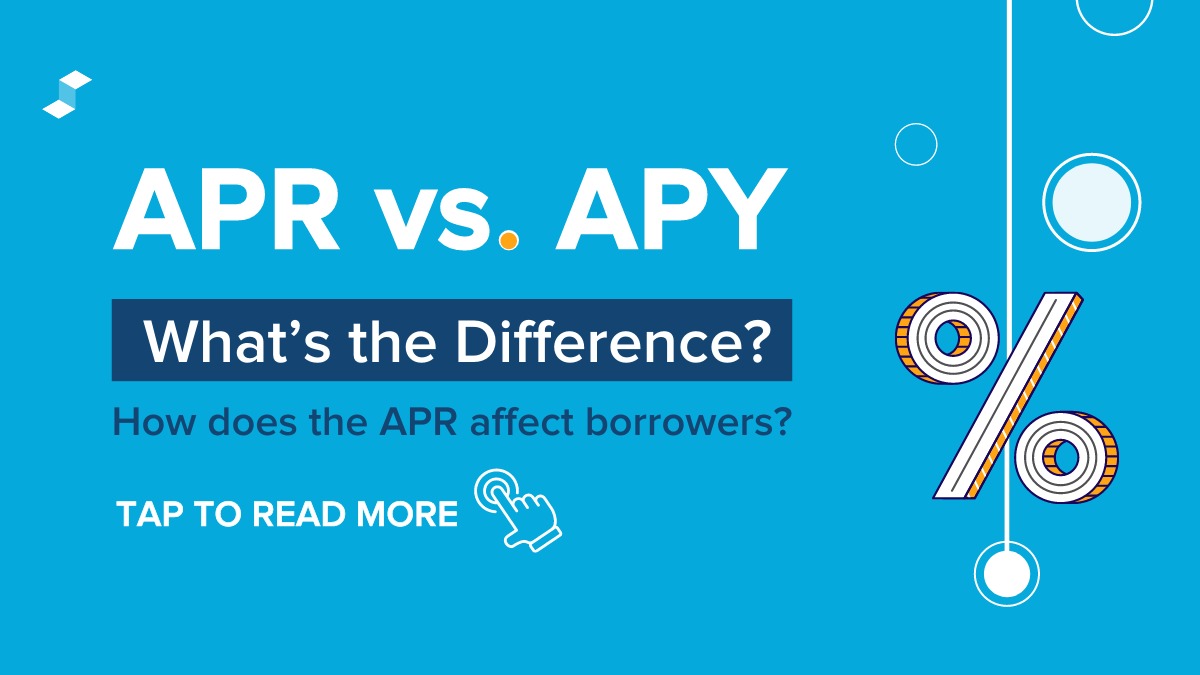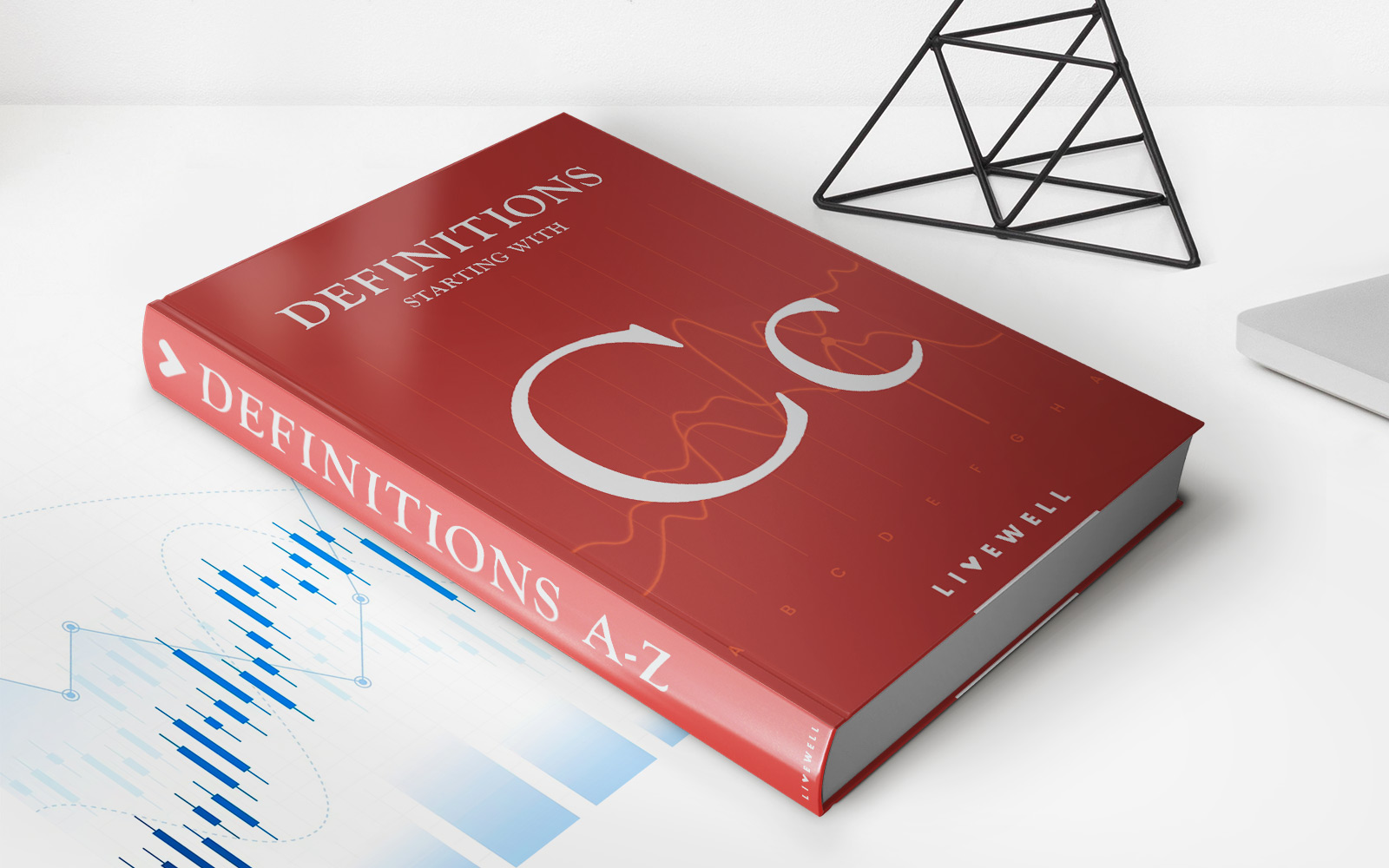Home>Finance>What Is The Difference Between Statement Balance And Minimum Payment


Finance
What Is The Difference Between Statement Balance And Minimum Payment
Published: March 2, 2024
Learn the key differences between statement balance and minimum payment in finance. Understand how they impact your credit card and overall financial health.
(Many of the links in this article redirect to a specific reviewed product. Your purchase of these products through affiliate links helps to generate commission for LiveWell, at no extra cost. Learn more)
Table of Contents
**
Introduction
**
Understanding the intricacies of credit card statements and payments is crucial for maintaining financial health. When managing credit card accounts, it's essential to comprehend the difference between the statement balance and the minimum payment. These two terms hold significant weight in the world of personal finance and can impact an individual's credit score, interest payments, and overall financial well-being.
As credit card users, it's common to receive a monthly statement outlining the transactions, balances, and payment details. Within this statement, the statement balance and the minimum payment are pivotal elements that necessitate comprehension. The statement balance reflects the total amount owed at the end of the billing cycle, while the minimum payment represents the minimum amount that must be paid to keep the account in good standing.
This article aims to delve into the nuances of statement balances and minimum payments, elucidating their disparities and the implications of understanding these disparities. By demystifying these concepts, readers will be empowered to make informed decisions regarding their credit card management, ultimately fostering greater financial stability and control.
**
Understanding Statement Balance
**
The statement balance on a credit card represents the total amount of charges and fees accrued during a billing cycle. This balance is calculated from the transaction activity between the previous statement’s closing date and the current statement’s closing date. It encompasses purchases, cash advances, balance transfers, and any applicable fees or interest charges incurred within this timeframe.
When reviewing the statement balance, it’s essential to scrutinize each transaction to verify its accuracy and relevance. This practice ensures that any discrepancies or unauthorized charges can be promptly addressed with the card issuer. Moreover, understanding the statement balance allows cardholders to gauge their current level of indebtedness and plan for timely repayment.
It’s important to note that the statement balance does not necessarily reflect the entire outstanding balance on the credit card if payments or additional charges were made after the statement’s closing date. As such, it serves as a snapshot of the account’s financial status at a specific point in time, providing a foundation for assessing the amount due and formulating a payment strategy.
By comprehending the concept of the statement balance, cardholders can effectively monitor their spending habits, track their credit utilization ratio, and strategize their repayment approach to avoid accruing excessive interest and maintain a favorable credit standing.
**
Understanding Minimum Payment
**
The minimum payment on a credit card represents the lowest amount that a cardholder must pay by the due date to remain in good standing with the card issuer. This figure is typically calculated as a percentage of the statement balance, often ranging from 1% to 3% of the total amount owed, with a minimum threshold, ensuring that the cardholder covers at least a nominal portion of their outstanding balance.
While the minimum payment provides a temporary reprieve by preventing late fees and negative credit reporting, it’s crucial to recognize that consistently making only the minimum payment can lead to long-term financial repercussions. By paying only the minimum, cardholders incur higher interest charges on the remaining balance, ultimately extending the time and cost required to clear the debt.
Understanding the minimum payment empowers cardholders to make informed decisions about their repayment strategy. By recognizing that it represents the bare minimum required to fulfill their financial obligation, individuals can strive to pay more than the minimum whenever possible, accelerating debt reduction and minimizing interest expenses.
Furthermore, comprehending the minimum payment aids in evaluating the affordability of new purchases and assessing their impact on the overall balance. By considering the minimum payment in relation to new charges, cardholders can make prudent spending choices and avoid overextending their financial resources.
Ultimately, the minimum payment serves as a safety net, but it’s imperative for cardholders to strive for payments that exceed this minimum threshold to effectively manage their debt and mitigate the long-term financial burden associated with revolving credit balances.
**
Key Differences
**
Understanding the disparities between the statement balance and the minimum payment is paramount for prudent financial management. The key differences between these two elements can significantly impact a cardholder’s financial well-being and credit standing.
- Definition: The statement balance represents the total amount owed on the credit card at the end of the billing cycle, encompassing all charges and fees incurred within that period. In contrast, the minimum payment denotes the lowest amount that must be paid by the due date to maintain the account in good standing.
- Calculation: The statement balance is a reflection of the cumulative transactions and charges during the billing cycle, providing a snapshot of the total indebtedness. Conversely, the minimum payment is typically calculated as a percentage of the statement balance, often with a minimum threshold, ensuring that a nominal portion of the balance is covered.
- Impact on Debt Repayment: While the statement balance informs cardholders of their total outstanding debt, the minimum payment serves as the minimum requirement to avert late fees and negative credit implications. Paying only the minimum prolongs the debt repayment period and accrues higher interest, whereas allocating payments beyond the minimum accelerates debt reduction and minimizes interest costs.
- Financial Implications: Understanding the differences between the statement balance and the minimum payment empowers individuals to make informed decisions regarding their repayment strategy. By recognizing the impact of these elements on interest accrual, credit utilization, and overall debt management, cardholders can proactively address their financial obligations and strive for greater fiscal prudence.
By grasping these distinctions, cardholders can navigate their credit card responsibilities with enhanced clarity, fostering a proactive approach to debt management and financial well-being.
**
Importance of Knowing the Difference
**
Understanding the disparity between the statement balance and the minimum payment holds immense significance in the realm of personal finance. This knowledge equips individuals with the acumen to make informed decisions, cultivate responsible financial habits, and safeguard their creditworthiness.
By comprehending the distinction between the statement balance and the minimum payment, cardholders can proactively manage their credit card obligations. This awareness enables them to strategize their repayment approach, allocate funds sensibly, and avoid falling into the trap of prolonged debt repayment cycles associated with paying only the minimum.
Furthermore, knowing the difference empowers individuals to assess their financial health accurately. By understanding the implications of the statement balance on their overall indebtedness and credit utilization, cardholders can make informed choices about their spending and repayment priorities, thereby mitigating the risk of excessive debt accumulation and its associated financial strain.
Moreover, this knowledge fosters a proactive mindset, encouraging individuals to strive for financial prudence and long-term stability. By recognizing the impact of the statement balance and the minimum payment on interest accrual and debt reduction, cardholders can take proactive steps to expedite debt repayment, minimize interest expenses, and fortify their financial resilience.
Ultimately, knowing the difference between the statement balance and the minimum payment empowers individuals to take control of their financial destiny. Armed with this understanding, they can navigate their credit card responsibilities with clarity, make informed decisions about their spending and repayment strategies, and cultivate a sustainable approach to managing their financial well-being.
**
Conclusion
**
In the realm of personal finance, the distinction between the statement balance and the minimum payment holds profound implications for individuals managing credit card accounts. By unraveling the disparities between these two elements, cardholders can cultivate informed financial practices, mitigate the risk of prolonged debt cycles, and safeguard their credit standing.
Understanding the statement balance provides a comprehensive view of the total indebtedness accrued during a billing cycle, enabling cardholders to assess their financial obligations, monitor their credit utilization, and strategize their repayment approach. Conversely, comprehending the minimum payment empowers individuals to recognize the minimum threshold required to maintain account integrity and the potential long-term consequences of solely paying this minimum amount.
By grasping the nuances of these two critical components, individuals can make prudent decisions about their spending, repayment strategies, and overall financial well-being. This knowledge equips them to navigate their credit card responsibilities with clarity, fostering a proactive approach to debt management and financial stability.
Ultimately, the importance of knowing the difference between the statement balance and the minimum payment cannot be overstated. This awareness empowers individuals to make informed decisions, cultivate responsible financial habits, and safeguard their creditworthiness. By leveraging this understanding, cardholders can proactively manage their credit card obligations, allocate funds sensibly, and strive for long-term financial resilience.
In conclusion, the comprehension of the statement balance and the minimum payment serves as a cornerstone of prudent financial management. Armed with this knowledge, individuals can navigate their credit responsibilities with clarity, make informed decisions about their spending and repayment strategies, and cultivate a sustainable approach to managing their financial well-being.














